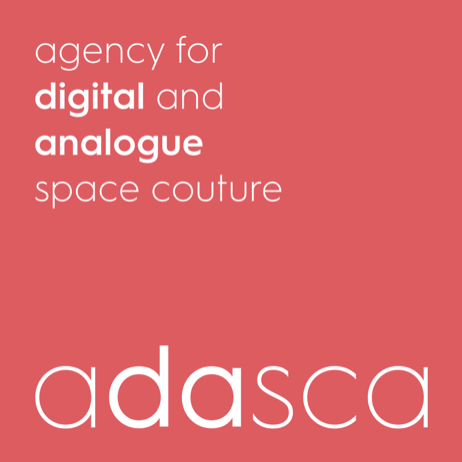
We create additional value and open up resources by tailoring our designs to the context and embedding environment and aesthetics, energy and funtion, technology and nature, people and their needs.
Ecological, economical, social and gestalt sustainable.
We adress regions, cities, public institutions, business locations, real estate, individuals and networks.
Research
We research the impact of spatial conditions and demands on various levels (regions, cities, quarters, buildings, …) on climate, nature, technology, energy and people and vice versa. We facilitate the spatial implementation of scientific and technological innovation with our research, planning, communication, monitoring, and design.
Networking
We connect different actors and establish relationships between spatial and urban planning, architecture, research, technology, business, politics and culture.
In the process, we use LIVING Roadmap, a strategic tool developed by adasca. It enables a lively and regenerative project process and allows for each party to define their individual WHAT? WHY? WHO? HOW? WHEN? within the scope of the project.
Planning
We create and design urban an architectural studies, potential and location analyses, feasability reports, integrated design scenarios such as healthy city or green AIRports and green AIReas and concepts promoting urban qualities such as Gestalt Sustainability.
Monitoring and modelling
We use the following tools and methods to check and/or visualize the specific built envitonment or individual buildings as well as results and effectiveness of interventions:
digital models, digital simulations
LIVING Roadmap as a user-centered tool for the practical application of innovation within real contexts
Space-Syntax-modelling (examines and shows the impact of spacial organization on behavioural patterns)
Renderings
SPIN - SPace INdex (assessment tool for Gestalt Sustainability in ongoing projects, currently in test phase)
Co-Design
We shape, organize and lead co-design-processes, workshops, studies, seminars, interdisciplinary projects and communication.
These actions try to answer the following questions:
How can we think integrally to create spaces with stimulating and sustainable qualities?
How can spacially implemented research results and technologies react to given local conditions to encourage new spatial uses?
How can spatial organization induce vibrant interaction uniting social, cultural, ecological, and economical needs and challenges? How will this spatial organization open up new reources and areas of activity?
How can project goals strategically concentrate on creating additional value for governance, clinets, stakeholders and adress current societal challenges?
